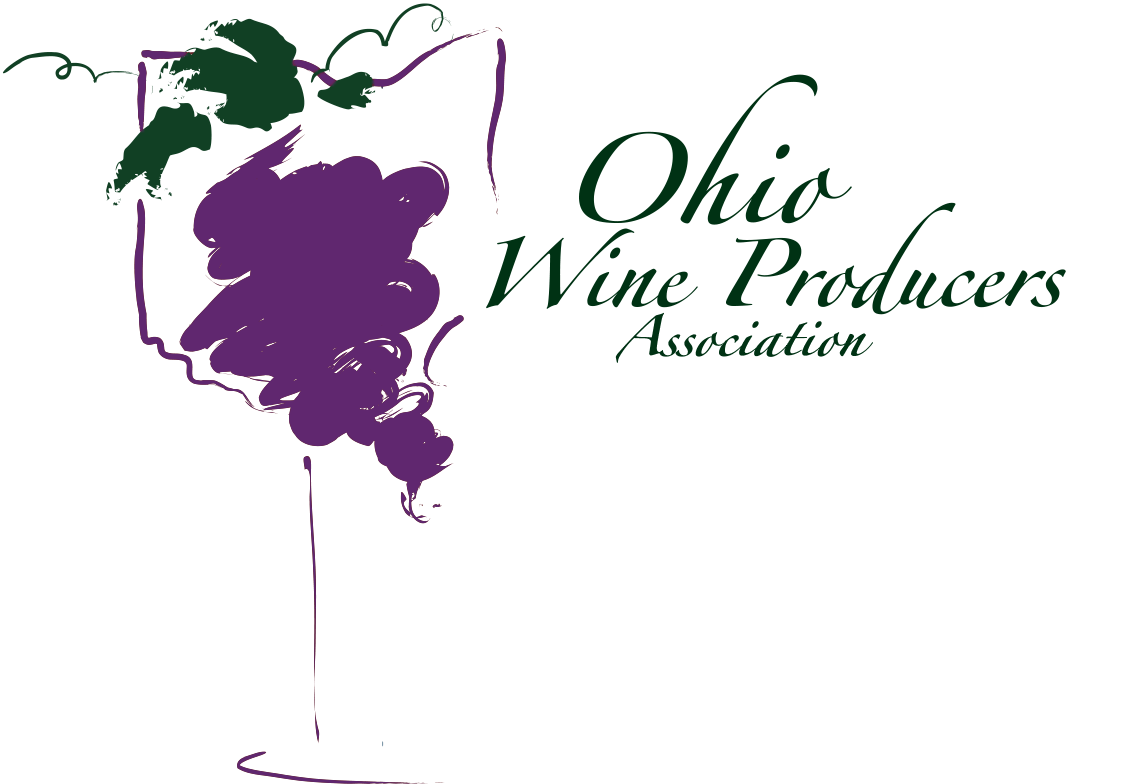Harvest Wine Words
Every industry has its own jargon. And the wine business is no exception. People who are regarded as wine ‘experts’ if they have, among other attributes, lots of knowledge about varietals, grape growing, and seasonality. Since harvest time in the vineyards is the most critical time of each year, at wine gatherings over the next few months, those aficionados will be discussing the Vintage of 2009.
So if you want to at least sound like a bit of an ‘expert’ at your next informal gathering, several keywords and phrases may come in handy.
Brix: a scale to measure the natural sweetness in grapes. Each variety has its optimum sugar level at harvest time: American varieties should be from 16 to 18 Brix, hybrids from 18 to 20, vinifera from 20 to 24, and ice wines 30 or much higher, depending on the season. [For a point of comparison, fresh orange juice generally ranges around 7 Brix.]
Carbonic maceration: putting uncrushed red grapes into tanks before the pressing process begins so that fermentation actually begins INSIDE the individual grape berry. The purpose is to create additional depth and complexity in the final product.
Crush: a general term to describe all of the processes that take place at harvest time, from picking to actually crushing, to pressing, to settling in tanks, and to the transfer to stainless and/or oak barrels.
Free Run: the first juice that naturally drains from grapes when they are dumped into presses before the mechanical operation begins. This juice is often used for ‘reserve’ or ‘premium’ lot bottlings.
Lees: the settlings that collect at the bottom of tanks or barrels after freshly pressed juice is pumped into those containers. After racking, it is generally gathered and then transferred into fields as fertilizer.
Lugs: the containers into which hand-picked grapes are put so that the fruit can be transferred to the winery.
Must: the mixture of juice and pulp that comes off the grape crushers and wine presses during the process of fermentation. When fermentation is complete, the must ‘becomes’ wine.
Pomace: the seeds and skins left in the presses after all the juice has been extracted. It too is often collected and recycled into farmers’ fields.
Racking: pumping settled juice from one tank to another to help clarify it, leaving the sediment behind. Most wines are racked several times through the fall and winter seasons.
Refractometer: a small, hand-held instrument used to determine the sugar content in a grape berry at picking time. It measures the Brix level by collecting sunlight and passing it through a dot of grape juice that is placed on a small mirrored surface.
For additional information, dwinchell@OhioWines.org
